Czech Republic Country Report
| MOST LIKELY REGIMES AND THEIR PROBABILITIES | |
| 18-Month: | Center-Right Coalition 45% (50%) |
| Five-Year: | Center-Right Coalition 40% |
| FORECASTS OF RISK TO INTERNATIONAL BUSINESS | ||||
| Turmoil |
Financial Transfer | Direct Investment | Export Market |
|
| 18-Month: | Low | B+ | A | A- |
| Five-Year: | Low | A- | A | B+ |
| ( ) Indicates change in rating. | * Indicates forecast of a new regime. |
| KEY ECONOMIC FORECASTS | |||
| Years |
Real GDP Growth % | Inflation % |
Current Account ($bn) |
| 2007-2011(AVG) | 1.7 | 2.7 | -5.94 |
| 2012(F) | -0.3 | 3.1 | -5.70 |
| 2013-2017(F) | 3.0 | 2.1 | -6.40 |
No Margin for Error
Key Points To Watch…
Prime Minister Petr Nečas’ center-right government very nearly collapsed in April 2012, as the withdrawal of the VV, the most junior partner in the three-party coalition, left the two parties that remained—Nečas’ ODS and TOP 09—short of a majority in the Parliament. With the support of the VV faction headed by Deputy Prime Minister Karolina Peake, the government claims a two-seat majority in the 200-member Chamber of Deputies…
Nečas has stated that he will call for an early election if he fails to win approval of austerity measures designed to reduce the fiscal deficit to less than 1% of GDP by 2015, gambling that the near certainty of crushing losses for the governing parties in the event of a snap poll will provide a strong incentive for his partners to press ahead against what promises to be a powerful backlash. However, the narrowness of the coalition’s majority leaves little margin for error, and the possibility that a handful of lawmakers might suffer a failure of nerve that results in the collapse of the government can hardly be ruled out…
Beyond the immediate challenges facing the government, the direct election of the president beginning in 2013 creates the potential for additional risks going forward. The recent poll data suggests that the opposition CSSD has a very good chance of winning the presidency next year. Although the powers of the president are limited, such an outcome would create another threat to the survival of Nečas’ government through the end of the 18-month forecast period…
If the austerity measures and other reforms produce the desired results and the economy is firmly on a path toward sustained moderate growth by the time the next election falls due, the center-right parties will be favored to win. That said, given the divisions within the ODS on the issue of closer European integration and disagreements among the partners on key issues, the probability of a center-right coalition remaining in power for the entire five-year forecast period is only marginally higher than those for the most likely alternatives…
In that regard, the government’s comfortable debt position will work in its favor, and recent market activity suggests that investors have noted the progress made thus far in the areas of fiscal consolidation and structural reforms. Whether that confidence can be sustained will depend to a significant degree on perceptions of the government’s ability to keep its reform program on track…
Fiscal Stability Key to Boosting Investor Confidence
There is general acknowledgement among elected officials that fiscal reforms are essential if the country is to compete successfully in the EU, and the euro-zone debt crisis has brought an added sense of urgency to the government’s reform agenda, which includes unpopular changes to the pension and health-care systems…
Trade policies have generally been guided by free-market principles; in any case, the country’s membership in the EU means that the level of restrictions, including tariffs, standards, and technical barriers, will be determined by EU norms. Any likely government will pursue policies that promote the reduction of barriers to the free exchange of goods and services in the global marketplace…
The fairly bright outlook for the implementation of reforms in the event that Nečas’ shaky coalition holds together will help to boost the competitiveness of Czech goods and create a more attractive climate for investment points to the resumption of moderate real GDP growth in the latter half of the five-year forecast period. However, an extended period of fiscal tightening all but rules out the return of the rapid rates of expansion recorded in 2005–2007, and real GDP growth is expected to average just 3% per year through 2017.
Economic Forecasts for the Three Alternative Regimes
| Center-Right Coalition | Center-Left Coalition | Grand Coalition | |||||||
| Growth (%) |
Inflation (%) |
CACC ($bn) |
Growth (%) |
Inflation (%) |
CACC ($bn) |
Growth (%) |
Inflation (%) |
CACC ($bn) |
|
| 2012 | -0.3 | 3.1 | -5.70 | -2.2 | 3.5 | -7.10 | -1.2 | 3.2 | -6.90 |
| 2013-2017 | 3.0 | 2.1 | -6.40 | 1.9 | 2.9 | -8.10 | 3.2 | 2.3 | -6.70 |

PRS INSIGHTS
Moving beyond current opinions, a seasoned look into the most pressing issues affecting geopolitical risk today.
EXPLORE INSIGHTS SUBSCRIBE TO INSIGHTS



